REVIEW – This is a localization of a game that was released in 2021, and it’s no coincidence that Ys is highlighted in the title, as this IP was also created by Ys makers Nihon Falcom, originally as a spin-off of Dragon Slayer, and has been running the Trails sub-series for twenty years. 17 The Legend of Heroes/Trails games in 35 years is no small feat, and there’s also a crossover with Ys.
2021, but it was released last week in the West (PlayStation 5, PC, Nintendo Switch, PlayStation 4), so NIS America took its time.
Not a good starting point
With a franchise and sub-series of this size, it also matters whether it’s recommended as a starting point for a newcomer, and here it’s safe to say not very much, because not much will make sense. Van Arkride is given an innocent job (finding a Genesis that once belonged to Agnes’ great-great-grandfather), but ends up discovering the Alamata, the mafia that has a firm foothold in Calvard. For those unfamiliar with the older Trails titles, the cameos will be unimpressive, even though they appear in unprecedented 3D in a few cases. Calvard, on the other hand, is a new place on the east coast of Crossbell, often in conflict with Erebonia. It’s okay if most of these don’t tell you anything, but they do in a larger context (which is why it’s not recommended to start here). TTD has a huge, varied set of locations, and over the course of ~7 chapters, these regions can all be explored with many side quests (called 4SPGs), so you can get to know the townspeople. Each of these NPCs even has a name, which shows that they received a lot of care.
There are two modes of combat, there’s the field-based, action-oriented version, and there’s the fine-tuned turn-based version. The former can be useful if you are too strong, because one hit will knock out your opponents, and you will get less sepith (money) and experience points in return, so it is recommended to switch to field mode to break through their defenses, then to turn-based, as your opponents will be stunned for a few rounds. It might have been better to leave this trick out, as it might be more challenging to just stick to one. New to TTD’s turn-based combat are the Shard Circular Linked Metafield (SCLM) and the Shard Boost (S-Boost). The former allows characters to help each other if they are in close proximity, but it is inferior to the older Trails Link system. With S-Boost, you have to fill your gauge to get better stats and buffs for a few turns. The latter depends on which Holo Core the Xipha unit has (it used to be Arcus or Orbment, and Master Quartz in it). Quartz adds effects to attacks and modifies stats, Elemental Charges unlock Shard Skills based on row-dependent values, Holo Core adds EPs, boosts Arts power, and determines bonuses associated with using S-Boost. And the Arts Driver is a chip that gives you certain Arts, and you can put plug-ins into it for other Arts. But it’s common: for example, if there’s a healing plugin, everyone gets it.
Lost in customization
This might have been way too much information, but it’s no joke: you can really, REALLY tweak the fighting style to your taste, but it almost borders on micromanagement (which is always reprehensible), and maybe this is the direction Nihon Falcom went in, so you can’t really create an overly OP team. The characters are quite good and can be described as quite fleshed out. Van’s age and his personality is impressive, because as a twenty-something he’s not green, although he seems both no-nonsense and caring. Some will make fun of Van’s age, others will find him humorous as a youth, and it wouldn’t be fair to spoil anything. It’s fun to interact with them, except for the female protagonist, because Agnes has become the equivalent of a two-day loaf of bread in TTD: edible but dry. You might wonder, though, if the bad guys who were great in the older Trails will be on form this time?
Not much, and that’s the problem, because the Mafia seemed illogical and flawed, although there were some clever moments for their leader Dantes. The result is that there are more unanswered questions after the game than before, and that may be the problem. There are the obligatory hints of a sequel (because there will be one), but the problem is that you can’t really captivate the audience with this part. Especially with the graphics, because it was originally released for PlayStation 4, and it shows in the visuals regardless of the platform. The soundtrack has never been a problem in the developer’s games (Ys provided huge, memorable tunes with its first installments), and TTD has nothing to complain about in the way of music.
Not recommended for beginners
The Legend of Heroes: Trails Through Daybreak is no small feat in terms of content. You could easily spend fifty hours in this game. But it’s only recommended for those who are familiar with the previous Trails episodes, because jumping into an alien world like this is not a good feeling. It’s a good game but maybe too niche. It’s good for an underground game, not for the mainstream.
-V-
Pros:
+ Until now, the world was deep
+ Combat style is highly customizable
+ Pleasant soundtrack
Cons:
– If you are not familiar with Trails, nothing will “sit”; not all characters are good
– It can be daunting how deep it can be
– Why did you have to wait three years for the English version?
Publisher: NIS America/Clouded Leopard Entertainment (Europe)
Developer: Nihon Falcom
Style: Action RPG
Release: September 30, 2021 (Japan)/2024. July 5
The Legend of Heroes: Trails Through Daybreak
Gameplay - 7.2
Graphics - 6.8
Story - 7.8
Music/Audio - 8.2
Ambience - 8
7.6
GOOD
It's not a Ys, but it's still a fair experience.

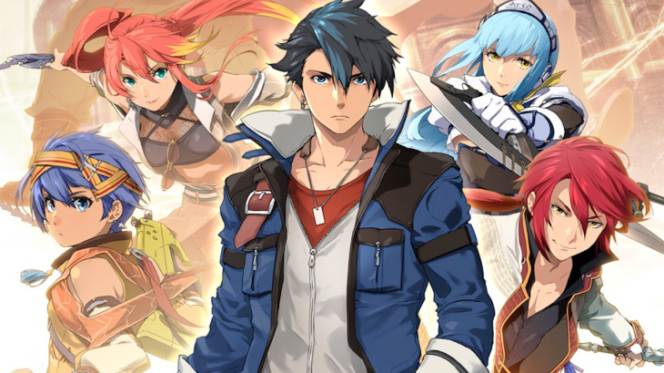
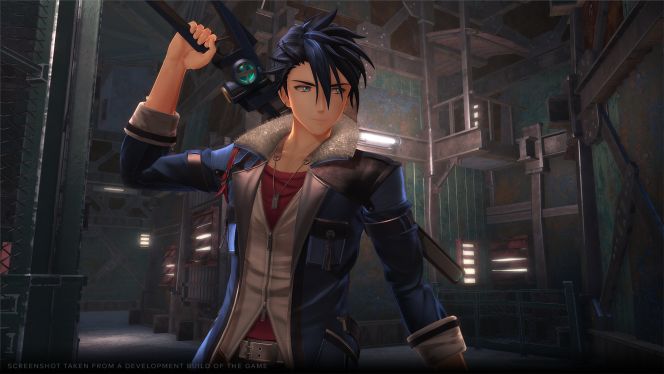
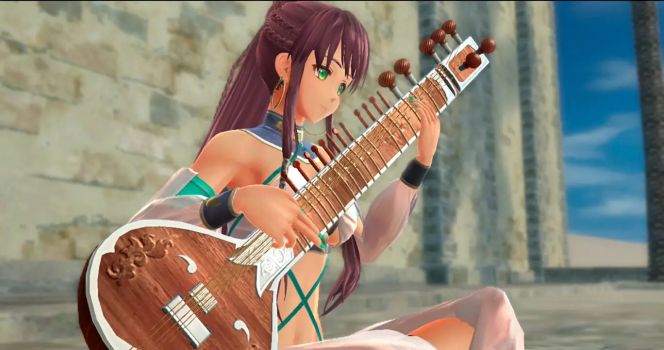
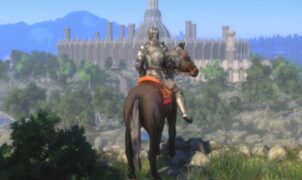
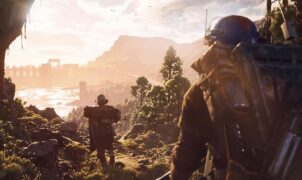
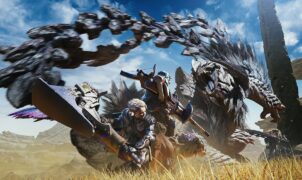


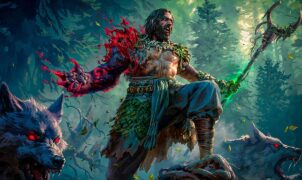
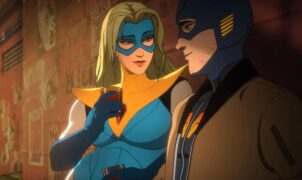


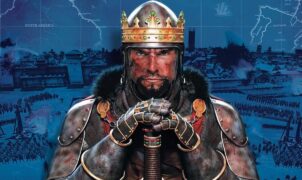
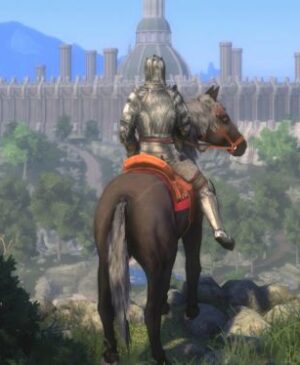



Leave a Reply